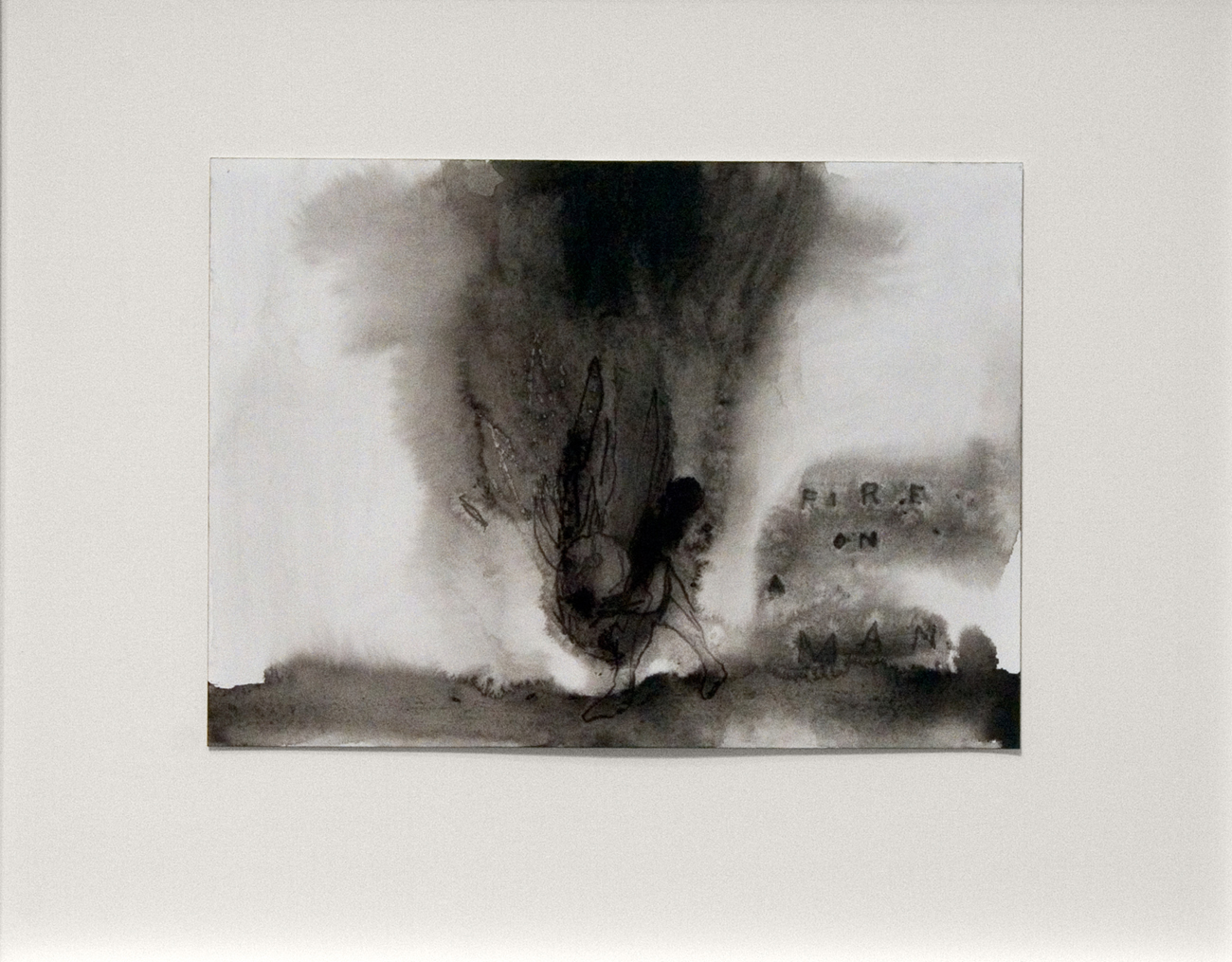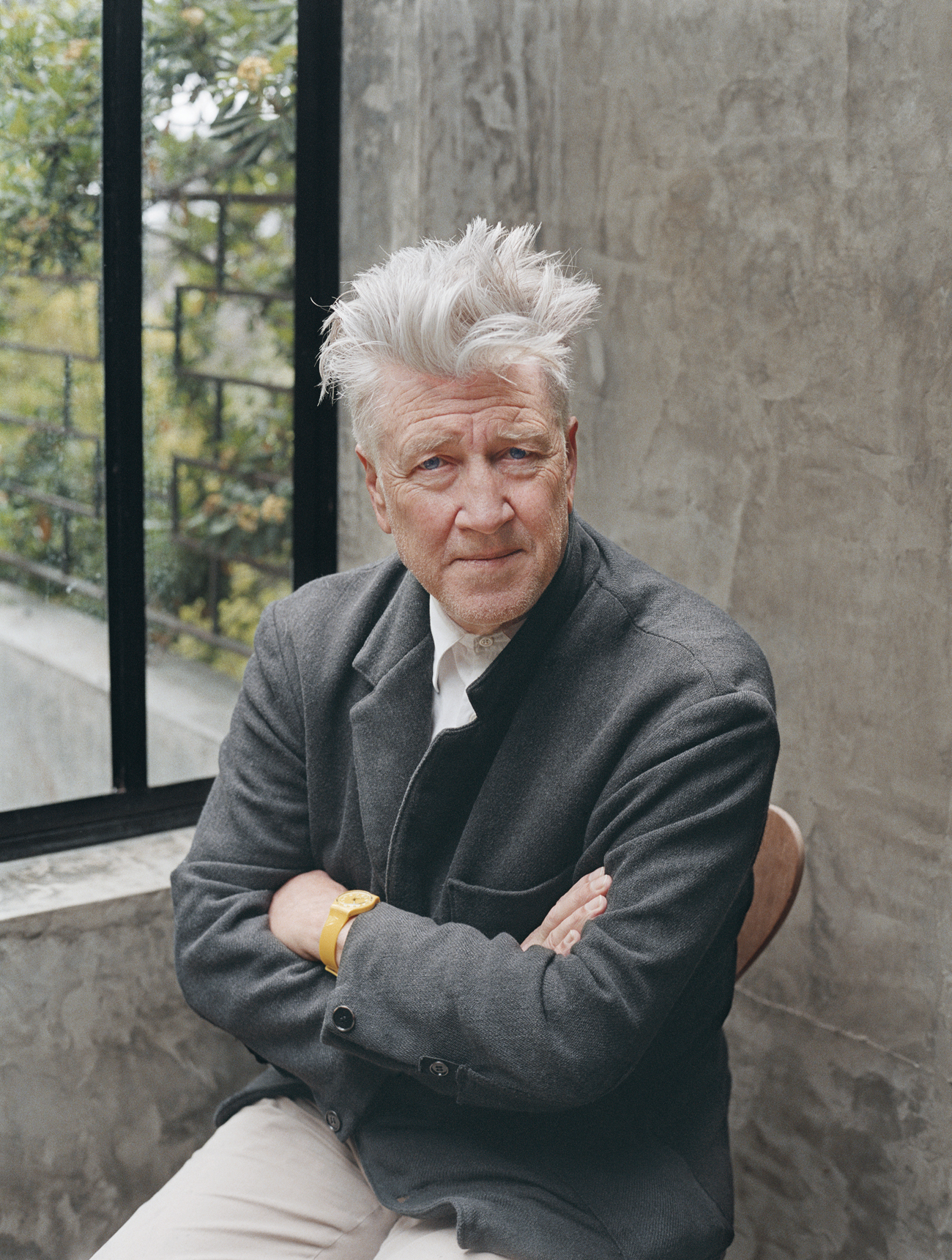Purple Magazine
— F/W 2011 issue 16
David Lynch
 Fire on a Man, 2008-2009, watercolor on paper, 10 1 /4 x 14 inches
Fire on a Man, 2008-2009, watercolor on paper, 10 1 /4 x 14 inches
 Yellow Green Violet Lamp, 2011, cold-rolled steel, plaster, tint, resin, 60 x 12 x 24 inches
Yellow Green Violet Lamp, 2011, cold-rolled steel, plaster, tint, resin, 60 x 12 x 24 inches
 Love Light, 2009-2010, cold-rolled steel, wood, 71 x 13 x 17 inches
Love Light, 2009-2010, cold-rolled steel, wood, 71 x 13 x 17 inches
 Film still from Eraserhead, 1977, copyright David Lynch
Film still from Eraserhead, 1977, copyright David Lynch
 Lime Green Lamp, 2002-2003, cold-rolled steel, plaster, tint, resin, 71 x 14 x 12 inches
Lime Green Lamp, 2002-2003, cold-rolled steel, plaster, tint, resin, 71 x 14 x 12 inches
 Yellow Grey Lamp, 2002-2003, cold-rolled steel, plaster, tint, resin, 75 x 14 x 12 inches
Yellow Grey Lamp, 2002-2003, cold-rolled steel, plaster, tint, resin, 75 x 14 x 12 inches
 Man Studies Picture, 2008-2009, watercolor on paper, 17 3 /4 x 21 inches(framed), 9 x 12 inches (paper)
Man Studies Picture, 2008-2009, watercolor on paper, 17 3 /4 x 21 inches(framed), 9 x 12 inches (paper)
interview by ALEX ISRAEL
portrait by ANNABEL MEHRAN
All artworks photographed by Robert Wedemeyer, courtesy of William Griffin Gallery, Los Angeles
…
